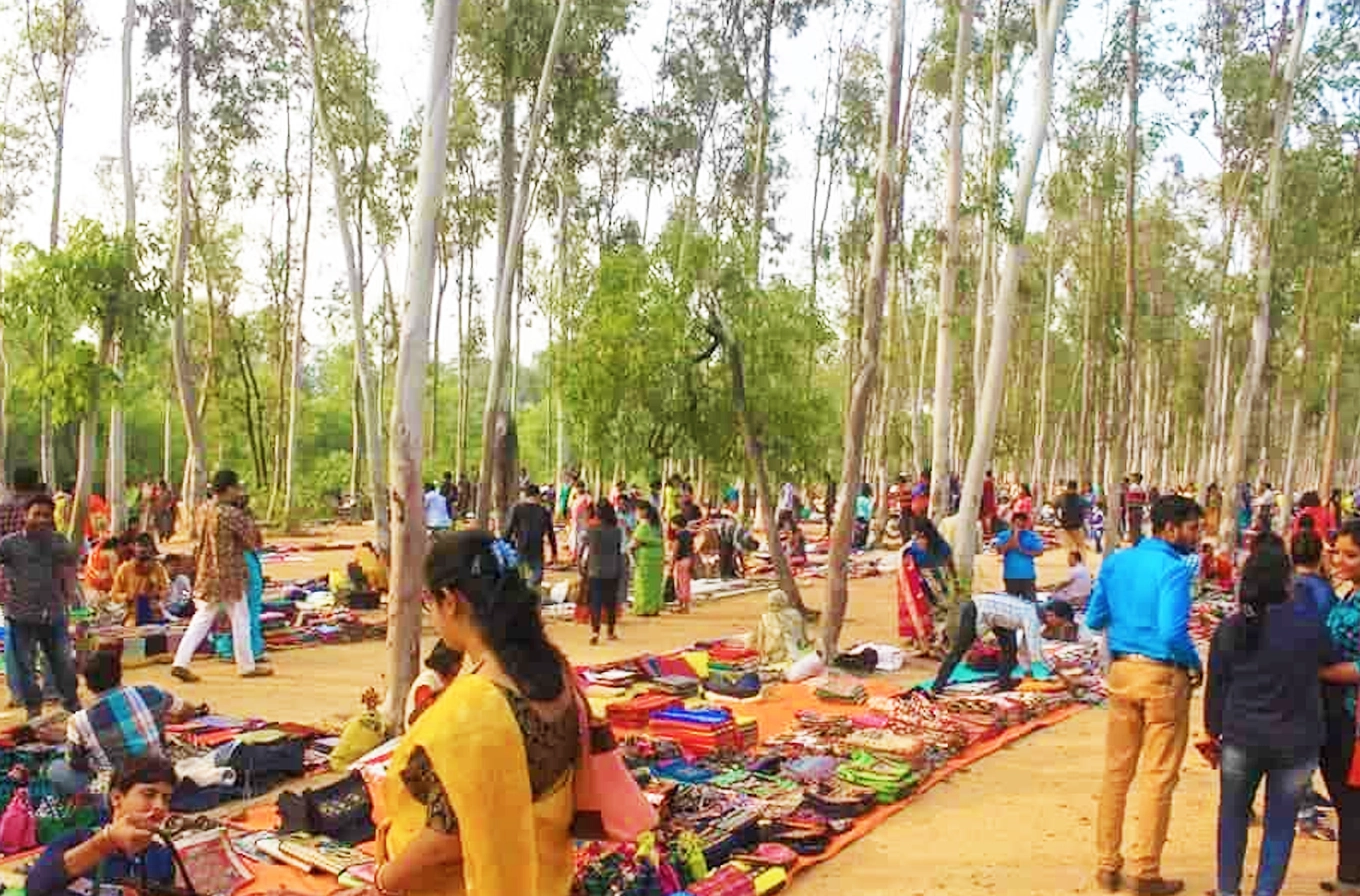Raipur Jomindari Bari: Echoes of a Noble Past near Santiniketan
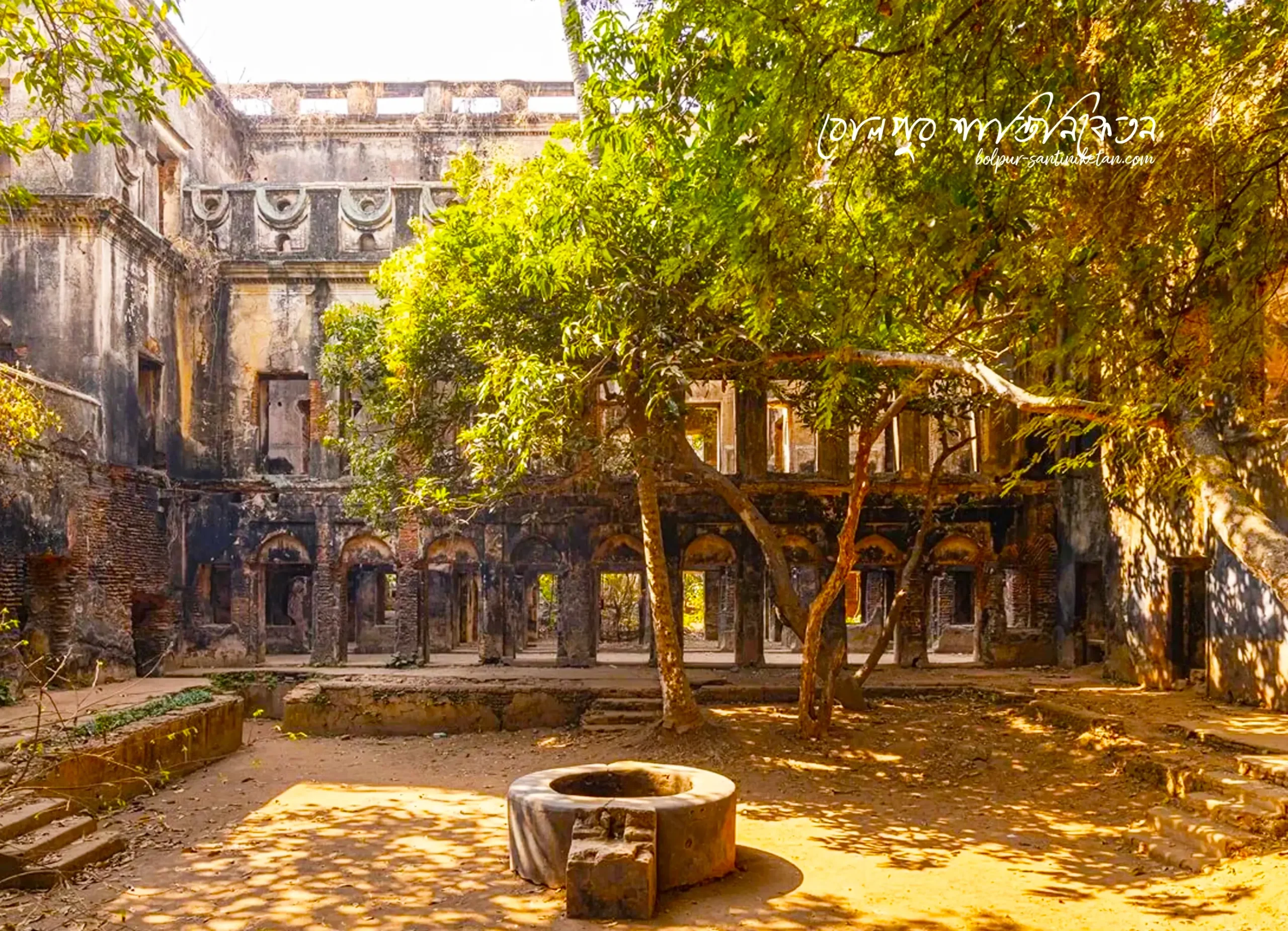
Located a short distance from Bolpur and Santiniketan, the village of Raipur is home to the remnants of a once-grand aristocratic residence known as Raipur Jomindari Bari, also referred to as Raipur Rajbari or the ancestral home of Lord Sinha. This historical site offers a poignant glimpse into the wealth, influence, and eventual decline of a prominent Zamindar family in the Birbhum district.
A Legacy of the Sinha Family:
The history of Raipur Jomindari Bari is deeply intertwined with the Sinha family, who are said to have migrated to Raipur in the 15th century and established themselves as significant Zamindars. The grand palace was built by this influential family.
One of the most notable figures associated with this lineage is Satyendra Prasanna Sinha, later created Lord Sinha of Raipur. He was a distinguished barrister and became the first Indian to hold prominent positions such as the Advocate-General of Bengal and the first Indian member of the Viceroy’s Executive Council. In 1919, he made history again as the first Indian to be elevated to the British House of Lords. The Rajbari was his ancestral home.
Interestingly, the history of Santiniketan itself has a connection to Raipur Rajbari. In 1863, Maharshi Debendranath Tagore, Rabindranath Tagore’s father, leased the land that would become Santiniketan from Bhuban Mohan Sinha, the then Zamindar of Raipur.
Following the abolition of the Zamindari system in 1951 and subsequent challenges in maintenance, the vast palace complex gradually fell into disrepair and was reportedly abandoned in the 1970s.
What to See:
Today, Raipur Jomindari Bari stands largely as a ruin, a testament to its past glory.
- The Palace Ruins: The most striking aspect is the decaying structure of the large mansion. While dilapidated, the scale of the crumbling walls, grand arches, and the vast expanse hint at its former opulence. It’s a site that evokes a sense of history and has even served as a dramatic backdrop for films like Mrinal Sen’s “Khandhar”.
- Adjoining Temple Complex: In contrast to the ruins of the palace, there is an active and relatively well-maintained temple complex located next to the Rajbari. This provides a vibrant point of interest alongside the historical decay of the mansion.
The atmosphere at Raipur Rajbari can be quite evocative, blending the historical weight of the ruins with the life of the active temple next door. For those interested in history, architecture (even in decay), and photography, it offers a unique experience.
Visitor Information:
Raipur Jomindari Bari is essentially a historical ruin on private land, not a formally managed tourist attraction with visitor facilities.
- Location: Located in Raipur village, approximately 6 kilometers south-west of Bolpur town. It can typically be reached by local transport like auto-rickshaws from Bolpur or Santiniketan.
- Access: Visitors can generally view the ruins from the outside. As it is private property, formal entry into all parts of the dilapidated structure may not be possible or safe, and it is advisable to be respectful of the private nature of the site. The adjoining temple complex is accessible as an active place of worship.
- Timings and Fees: There are no official entry fees or fixed visiting hours for visiting the Rajbari ruins.
- Current State: Be prepared to see a structure that is significantly decayed and in ruins.
Visiting Raipur Jomindari Bari offers a contemplative experience, reflecting on the rise and fall of aristocratic families and witnessing a piece of local history closely connected to the origins of Santiniketan.
Explore Sightseeing of Bolpur Santiniketan
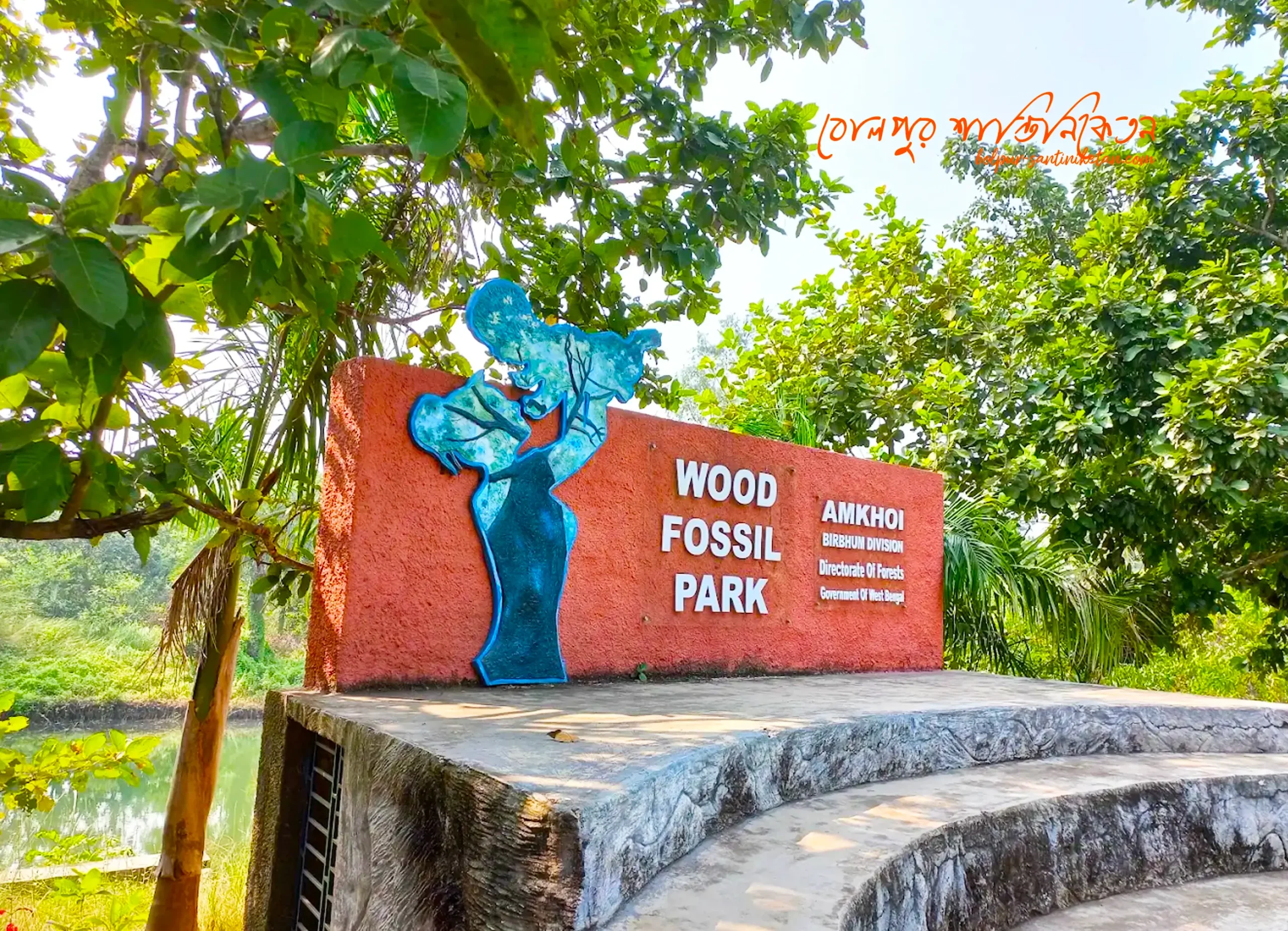
Amkhoi Wood Fossil Park: A Journey Millions of Years Back in Time near Santiniketan
Just a short drive from Santiniketan and Bolpur lies the fascinating Amkhoi Wood Fossil Park,...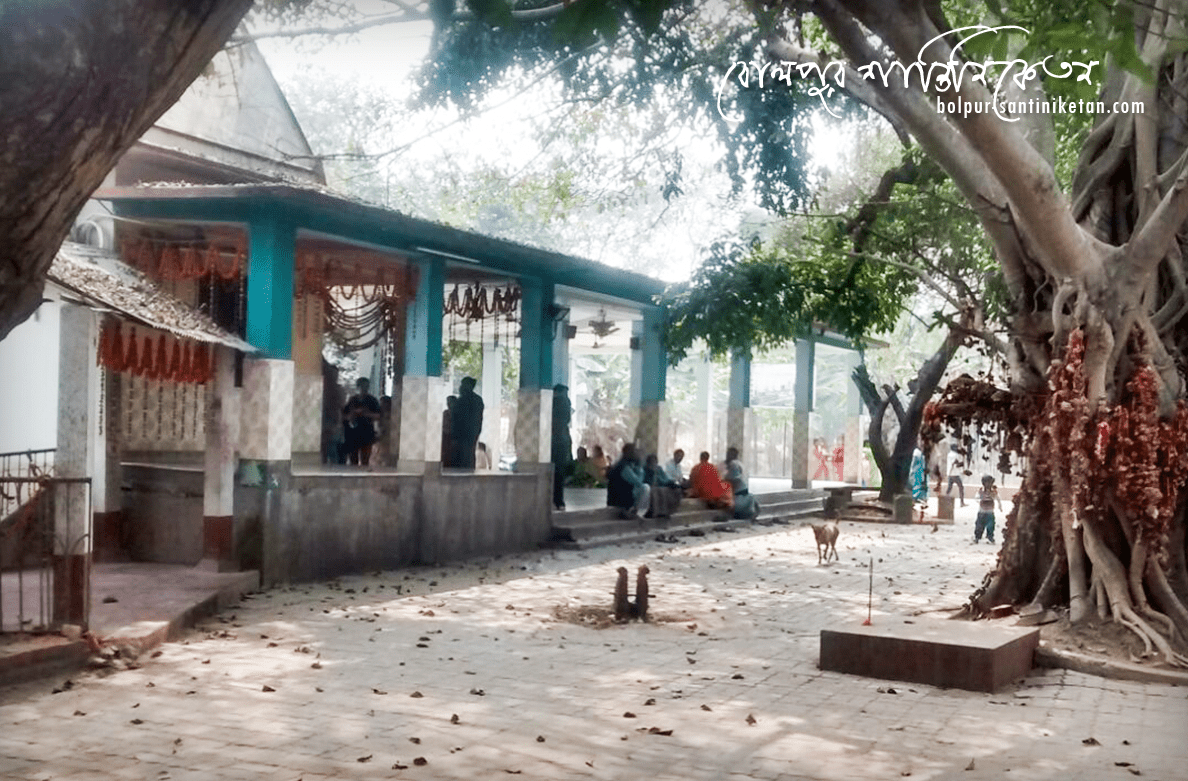
Discover Kankalitala: History and Spirituality in Santiniketan Sightseeing
Nestled just 9 kilometers from Bolpur in West Bengal’s Birbhum district, Kankalitala is a revered...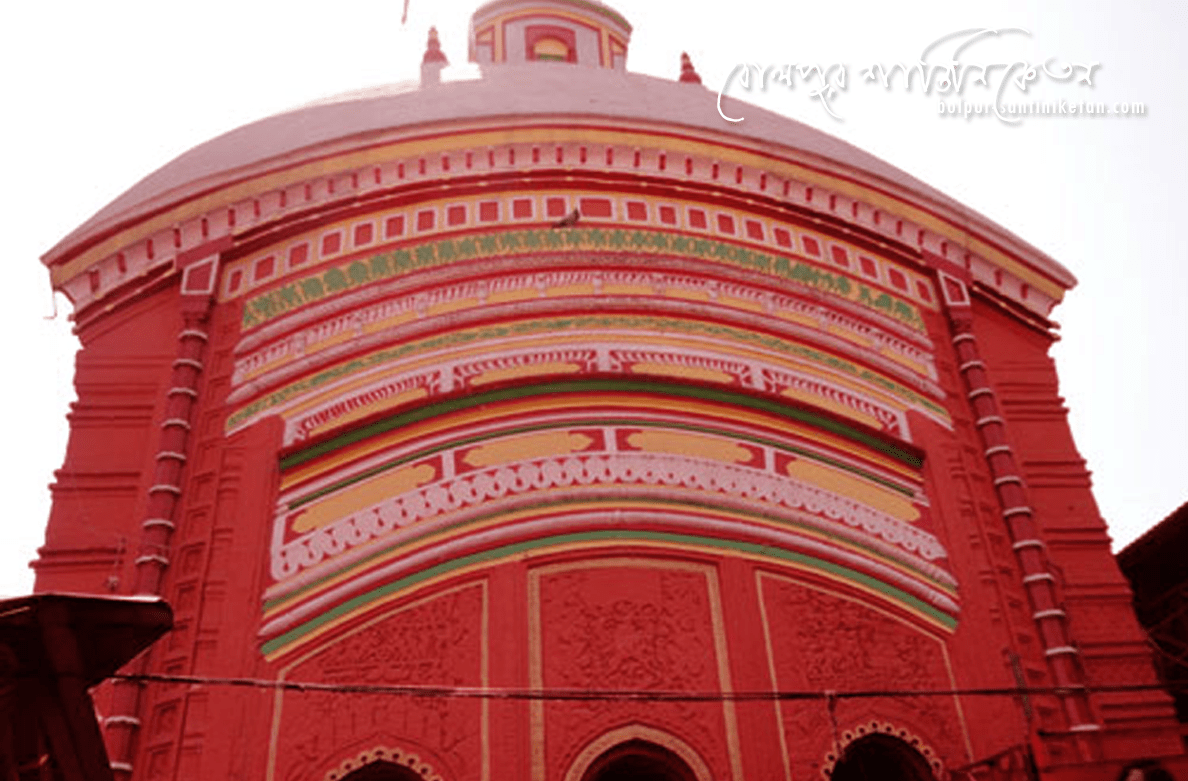
Tarapith Sightseeing from Bolpur Santiniketan – A Tantric Pilgrimage
Embark on Tarapith sightseeing from Bolpur Santiniketan, a fascinating day trip to a mystical temple...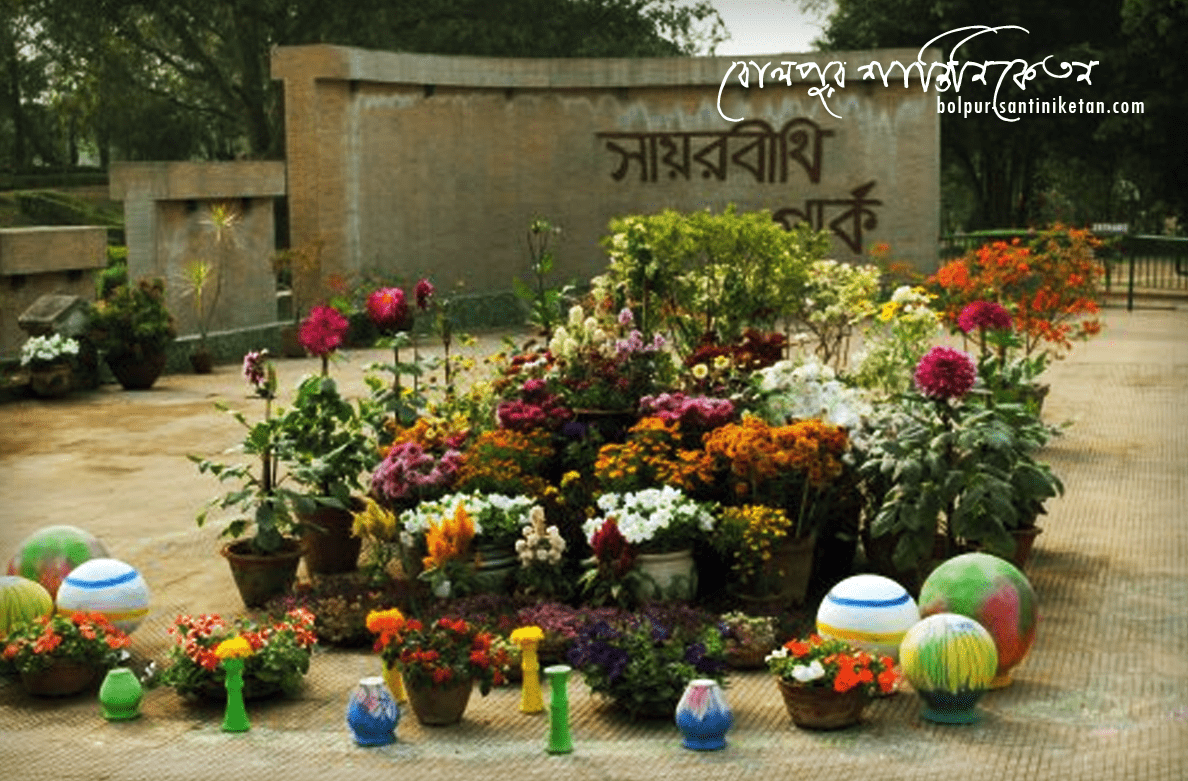
Shyorbithi Park
Shyorbithi Park: A Green Escape in Bolpur Santiniketan Shyorbithi Park, also called Sayar Bithi Park,...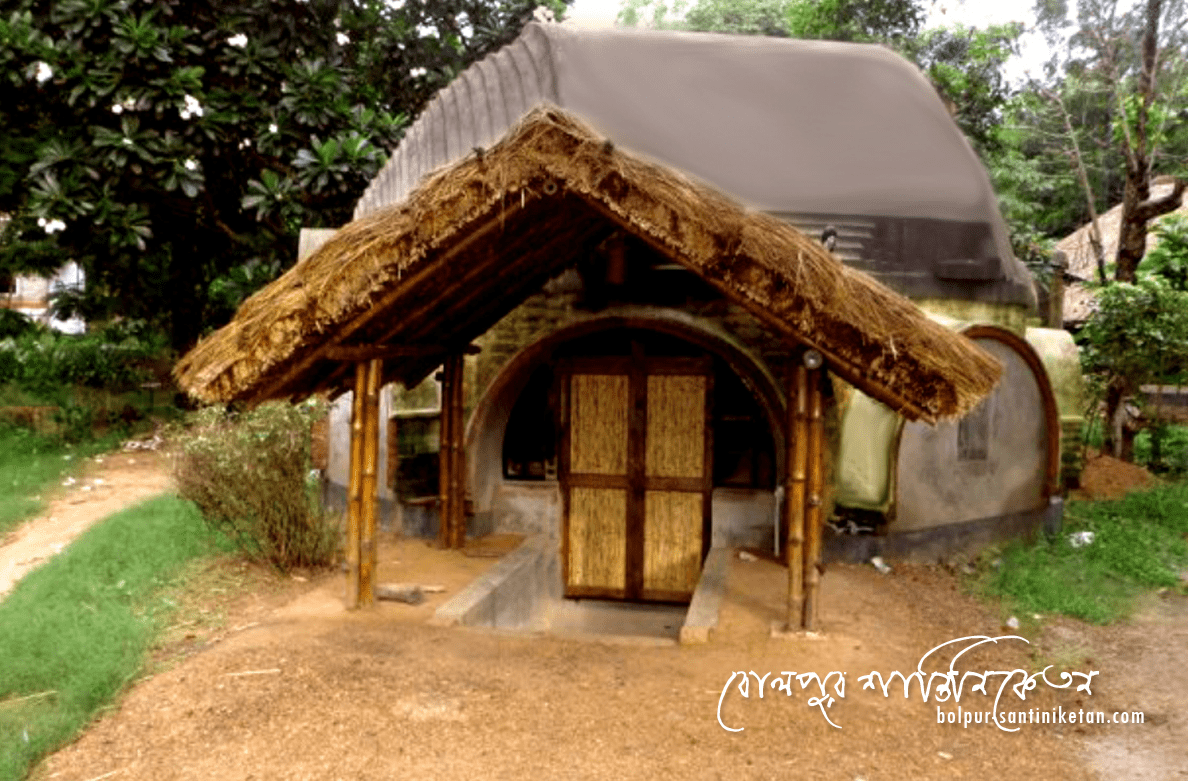
Babli, Bolpur Santiniketan – A Serene Rural Escape Near Tagore’s Land
Discover Babli: A Tranquil Getaway Near Santiniketan Tucked away just 12 km from the cultural...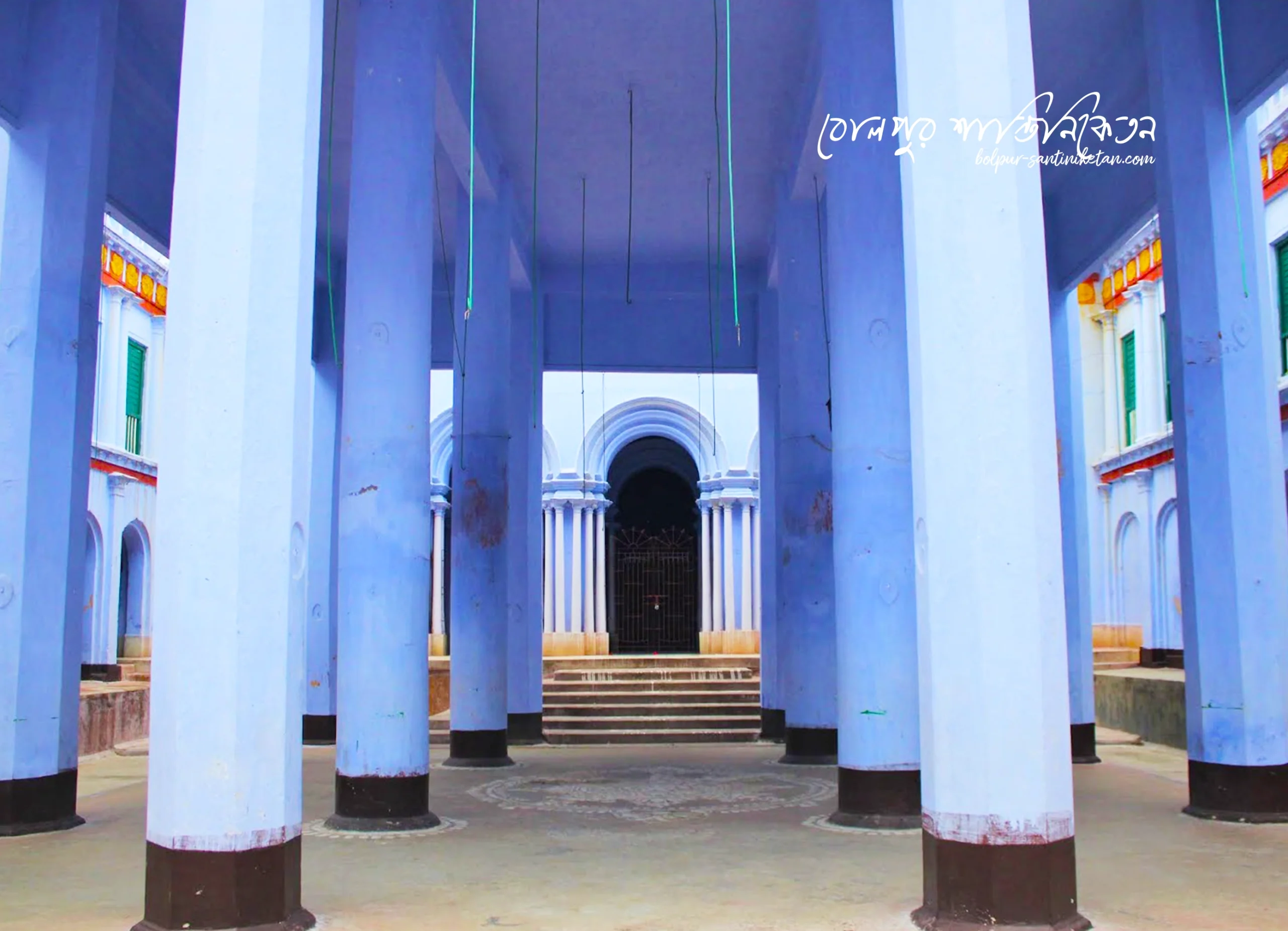
Surul Rajbari: A Glimpse into Birbhum’s Zamindari Past near Santiniketan
Just a few kilometers from the bustling town of Bolpur and adjacent to the tranquil...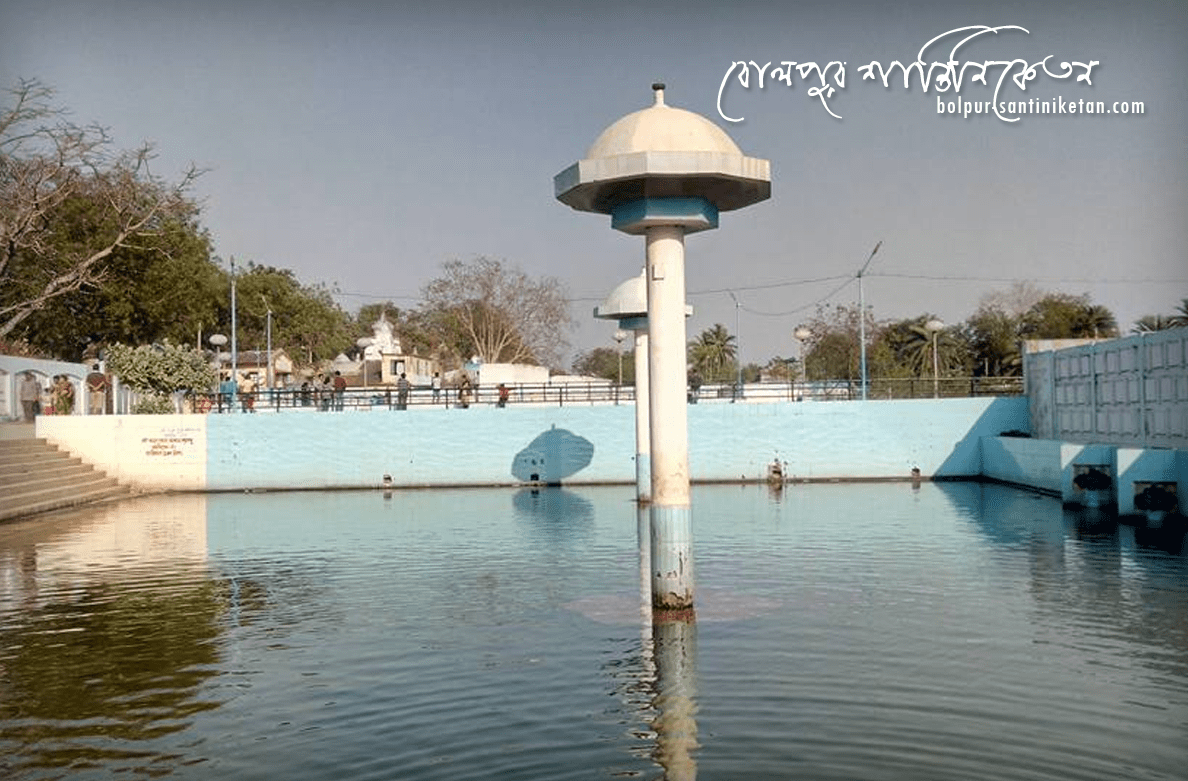
Bakreswar Sightseeing from Bolpur Santiniketan – A Spiritual Day Trip
Discover Bakreswar sightseeing from Bolpur Santiniketan, a spiritual escape just 45 km from the cultural...